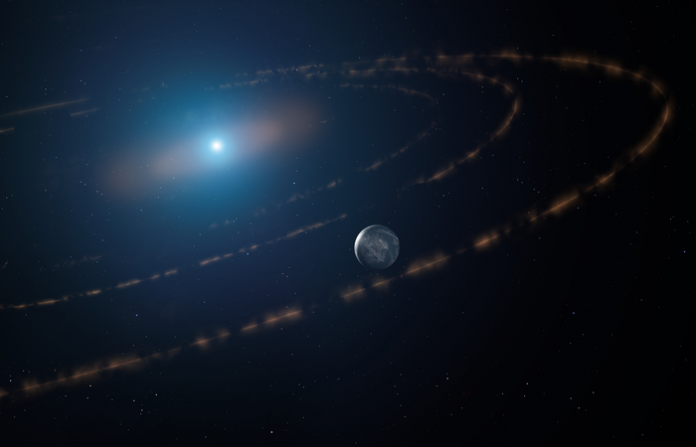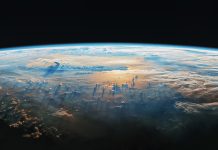
An international team has found what could be a planet with one billion years of “habitable zone” time left
The habitable zone is thought to contain a planetary body – with the possibility of water and life existing there. A team, drawing on the data of ground and space-based telescopes, found that the light emitting from the white dwarf was behaving unusually.
They observed WD1054–226, which is a white dwarf 117 light years away from Earth, recording changes in its light over 18 nights using the ULTRACAM high-speed camera fixed on to the ESO 3.5m New Technology Telescope (NTT) at the La Silla Observatory in Chile.
They also used data from the NASA Transiting Exoplanet Survey Satellite (TESS), which allowed the researchers to confirm the planetary structures had a 25-hour orbit.
Firstly, what is a white dwarf star?
White dwarfs are glowing embers of stars that have burned through all their hydrogen fuel. Nearly all stars, including the Sun, will eventually become white dwarfs, but very little is known about their planetary systems. This moment is one of the first revelations about the potential of such systems – including, excitingly, the real possibility of life.
More than 95% of all stars will eventually become white dwarfs, apart from the largest ones – which explode and become either black holes or neutron stars.
Secondly, what did they see?
The team, analysing the light data, found that there were dips in light at unexpected times. These dips signify that there are 65 evenly spaced clouds of planetary debris orbiting the star, every 25 hours.
These clouds of debris may sound initially dull, but they suggest something incredible – that they are being kept in this arrangement, by a nearby planet. The circulating debris structures dim light from the star precisely every 23 minutes, which is a sure sign.
Lead author Professor Jay Farihi (UCL Physics & Astronomy) said: “An exciting possibility is that these bodies are kept in such an evenly-spaced orbital pattern because of the gravitational influence of a nearby planet.
“Without this influence, friction and collisions would cause the structures to disperse, losing the precise regularity that is observed. A precedent for this ‘shepherding’ is the way the gravitational pull of moons around Neptune and Saturn help to create stable ring structures orbiting these planets.”
So, how long could this possible planet be habitable for?
Exactly one billion years into the future.
The orbit around this star is thought to have been cleansed during the giant star phase, so any water and life-hosting planet would be a relatively recent development. The last one billion years, plus the one billion ahead of us now, are expected to be the time for life to thrive there.
Professor Farihi further said: “The possibility of a planet in the habitable zone is exciting and also unexpected; we were not looking for this. However, it is important to keep in mind that more evidence is necessary to confirm the presence of a planet. We cannot observe the planet directly so confirmation may come by comparing computer models with further observations of the star and orbiting debris.”










